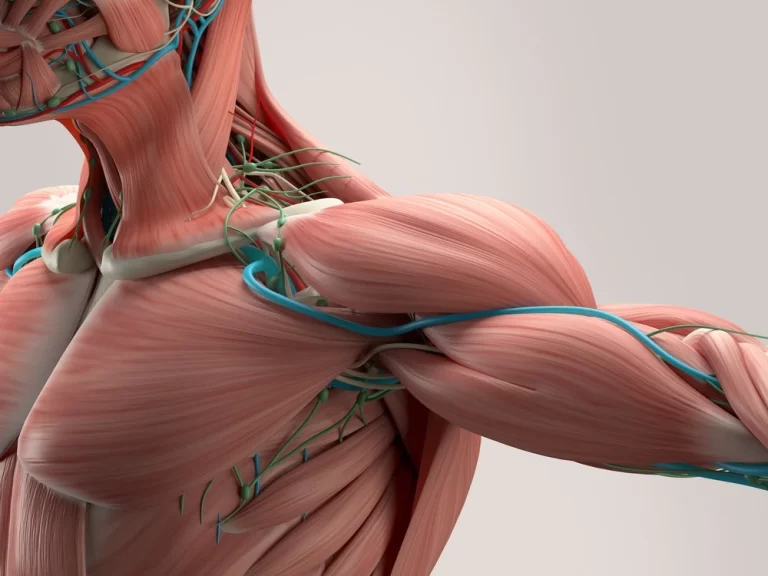Tibialis anterior stretching exercise
Table of Contents
What is the tibialis anterior stretch?
- The tibialis anterior stretch is an essential exercise to increase the flexibility of the lower leg, this exercise has many health benefits as well as decrease the risk of injury.
- A Tibialis anterior muscle (Tibialis anticus) is located on the lateral side of the tibia; this is thick as well as fleshy on the top, and tendinous on the bottom. The fibers run vertically lower, & end in the tendon, which is visible on an anterior surface of the muscle at the lower third of the leg.
- If the patient has tight shin muscles or even pain, you need to spend some time stretching the anterior tibialis muscle. This action is to bend the foot upwards, & control the foot as it lowers back to the floor. The muscle is mostly used in running, walking, & in sports such as basketball and tennis, which have a lot of short races.
What are the health benefits of tibialis anterior stretching?
There are many benefits the patient should know:
- Reduced risk of injury to calves, ankles as well as feet.
- Reduce the risk of Tibialis Anterior Muscle Pain
- Decreased chance of getting tibialis anterior tendonitis.
- Better ground clearance when walking to avoid tripping
- Decrease the risk of developing shin splints as well as stress fractures
- Fast-up recovery of shin splints.
- Improved athletic performance in sports where an ankle is “locked” such as in soccer to kick a ball
- Improves an ankle’s range of motion. Such as dorsiflexion, inversion, as well as adduction.
- This also maintains a medial arch of the foot.
- This also assists in the anticipatory postural adjustment (APA) part while gait beginning tibialis anterior perform the knee flexion at the stance limb by causing forward displacement of a tibia.
- This also helps in eccentric deceleration of foot plantar flexion, pronation, and eversion.
Anatomy of the Tibialis anterior muscle
- Origin
- It arises from the Lateral condyle as well as the upper half or two-thirds of a lateral surface of the body of a tibia. Adjoining part of an interosseous membrane. The deep surface of a fascia. The intermuscular septum between it & the Extensor digitorum longus.
- Insertion
- Medial & under the surface of the first cuneiform bone, as well as the base of the first metatarsal bone.
- Nerve
- Deep Peroneal Nerve (L4, L5, S1).
- Artery
- Anterior Tibial Artery.
- Function
- Tibialis anterior is the primary dorsiflexor of an ankle with synergistic action of extensor hallicus longus, extensor digitorium longus as well as peroneus tertius.
- Inversion of the foot.
- Adduction of the foot.
- Contributor to maintaining a medial arch of the foot.
- In the anticipatory postural adjustment (APA) phase while gait initiation tibialis anterior favor knee flexion at a stance limb by causing forward displacement of the tibia.
- Eccentric deceleration of the foot plantarflexion, eversion & foot pronation.
What are the types of anterior tibialis shin stretch?
There are some types of anterior tibialis shin stretch:
- Standing Anterior Tibialis Shin Stretch
- Kneeling Shin Stretch
- Seated Shin Stretch
- Lying Shin Stretch
- Toe walking
- Ankle ABC’s
- Standing Stretch
- Tibialis anterior muscle stretch
Standing Anterior Tibialis Shin Stretch
- How to perform: Stand tall. The patient needs to use the hand on the wall or other support for balance.
- Slightly bend both knees.
- The right foot remains squarely on the ground. The foot to be stretched or even the left foot is placed just behind the stable/right foot, with the toe of the left foot touching the ground.
- Keeping the toe firmly on the ground, pull the left leg forward so you feel the stretch from the top of the left foot through the shins.
- Once the patient feels the stretch, hold it for 10 to 30 seconds.
- Repeat this stretch with the right foot.

Kneeling Shin Stretch
- How to perform: Kneeling may be used for slowly stretching the shins.
- The patient must have good knee flexion to perform the stretch as they will be sitting on the heels. If this causes pain in the knees, do not perform it.
- Kneel on the mat with the tops of the feet flat on the floor & the buttocks over the heels.
- The patient feels stretching on the shin.
- Hold for 10 to 20 seconds.

Seated Shin Stretch
- How to perform: Sit on the chair.
- Drop the knee towards the ground so the toe of the foot is extended into the floor as in the standing stretch.
- Slowly pull forward during the toe is planted on the ground, similar to the standing stretch but seated.
- Hold for 10 to 20 seconds.
- Repeat for both feet.

Lying Shin Stretch
- How to perform: The stretch is similar to a lying quadriceps stretch.
- Lie on one side. Now, bend the upper knee so the foot is behind the back.
- Reach back as well as grasp the forefoot, pulling it towards the back.
- Hold for 10 to 20 seconds.
- Repeat for both feet.

Toe walking
- How to perform: Stand tall. Now transfer the body weight onto the toes as well as heels off the floor.
- Then walk on the toes which gives you dynamic shin stretch.
- The patient may use a wall for support while they walk.
- Walk for 1-2 minutes.

Ankle ABC’s
- How to perform: Moving an ankle in multiple directions is one way to slowly stretch the tibialis anterior.
- Take a comfortable sitting position with the feet unsupported. Remove the shoes as well as the socks.
- Gently draw the alphabet in the air, leading with the big toe. Draw as far as possible in each direction. Never allow the knee to move all movement should come from the ankle.
- Every time the foot is pointed downward, you should feel the pulling sensation along the front of the shin.
- Repeat the alphabet 2-3 times on both legs.

Standing Stretch
- How to perform: Do the stretch with a partner or near the stable surface.
- Stand on the right foot. To stretch the left tibialis anterior, bend the left knee as well as draw the heel up toward the buttock.
- Grasp the top of the left foot with the left hand & pull it in closer to the buttock.
- The toes should be pointed up toward the ceiling.
- Slowly pull the foot in until you feel the stretch along the front of the left shin.
- Hold for 25 to 30 seconds, then relax. Repeat 3 times on both legs.

Tibialis anterior muscle stretch
How to perform: Kneel on the floor with the tops of the feet facing down on the floor.
Put the hands in front during pointing slightly inwards.
Lean forward, giving weight to the hands, & lift the body while keeping the feet in contact with the floor to feel the stretch.
Hold the muscle stretch for 15–30 seconds & repeat 2–3 times.

What are the safety as well as precautions of doing tibialis anterior stretch?
There are some safety measures the patient needs to look for:
- Do not bounce while a tibialis anterior stretch. This causes injuries to the muscles. Such as strain.
- Never overstretch the tibialis anterior muscle.
- Do not perform it so many times, this causes fatigue in the muscle. The patient should use the suggested time of repetitions.
- Holding time of the stretch should be recommended by the therapist which is normally 30-60 seconds.
- Never do a stretch on the prior injured part of the body. Such as fractures, and sprains.
- Never stretch cold muscles, this causes pain. Stretch it once you warm up the muscle.
FAQ
Should the patient stretch tibialis anterior?
If the patient has tight shin muscles or even pain, the patient may want to spend some time stretching the anterior tibialis muscle. It
muscle is at the front of the lower leg. It is action is to flex the foot upwards, & to control the foot as it lowers back to the floor.Why is my tibialis anterior muscle tight?
Anterior Tibialis Tendonitis
The anterior tibial tendon lies on the inner front of the ankle. The muscle, as well as the tendon, work together to flex the foot upwards.
This condition happens when a tendon is inflamed from overuse or even traumatic ankle injury. If left untreated, the tendon may
rupture & is very difficult to treat.What does the tibialis anterior pain feel like?
Symptoms of Tibialis Anterior Muscle Strain
If the patient suffers from the tibialis anterior muscle strain he may experience pain anywhere between the knee down to the big toe.
Certain activities namely walking, running, taking stairs, and operating the pedals during driving may cause these symptoms to flare up.How do I loosen my tibialis anterior?
Tibialis anterior muscle stretch
This exercise stretches the front (anterior) of the tibia muscle. Sit on the feet, with the toes pointing slightly in, the hands on the floor in
front of you. To increase the stretch, lean forward to raise yourself up, resting on your toes. Hold the stretch for 15 to 30 seconds.Why is anterior tibialis tight?
An anterior tibialis tendon becomes inflamed owing to tibialis anterior tendinopathy. At first, the discomfort is felt exclusively after
strenuous physical activity. Commonly, the front of an ankle joint can also be stiff, but the characteristic ankle pain is very obvious in
most instances.Can tight tibialis anterior cause knee pain?
But an often forgotten muscle that may affect the Infrapatellar tendon is the Tibialis Anterior. When it gets tight, it may compress the
tiny nerves as well as arteries that supply the knee. When these structures have pressure placed on them, they react by sending pain
signals to the brain.






